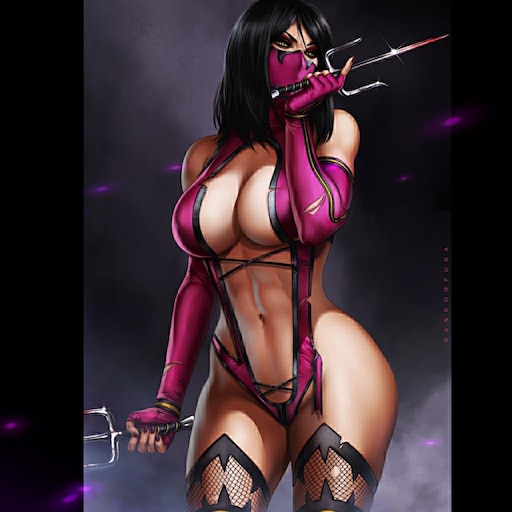Over the years, the idea of female protagonism in games was demystified from the moment that games began to give space to heroines, warriors and goddesses as main characters and antagonists in games.




Credit: The Raiding Globe
The history of female characters in games began in the eighties, when we had the first female character created, in 1982, in the game Ms. Pac Man. Despite being created 32 years after the emergence of the first video game, the character, which was the of Pac Man, with red lipstick and bow, kick-started the female protagonism within this niche.
➤ Hypersexualization and harassment in the gaming universe
Unfortunately, in the history of games, there is no way to talk about female protagonism without mentioning that machismo and crazy is still present, both for characters and for players. The second female character created, Samus Aran, in the Metroid game, was stripped as the player performed better in the game. She started with armor and the higher the score of whoever controlled the game, the less clothes she wore on the final screen, reaching the point of being in a bikini.





Credit: Playback/Nintendo
Despite being present as antagonists and protagonists in the games, many characters have been years. With minimal clothes that could ‘attract’ the male audience, the debate on these issues was gaining strength at the beginning of the last decade, when famous characters started to get skins with normal clothes. Lara Croft, characters from Mortal Kombat and even characters from Final Fantasy, which are the most popular games, were getting their own clothes that didn’t leave their bodies naked.

Many gamers still don’t understand the importance of not characters, but this reflex kills women gamers around the world who still play for fear of revealing their real names in nicknames for fear of being harassed or disrespected.
➤ The Importance
The importance of this space for women in the game was even more impactful when the game The Last Of Us 2, considered the best game of 2020, features the characters Ellie and Abby. In addition to them, for girls who grew up in the gaming world, there were many characters to look up to.


Credit: Playback/PlayStation
In the early 90s, more precisely in 1996, the character Lara Croft starred in the game Tomb Raider, a success in the gaming universe until today. The British archeologist was so successful that she became a comic book and won her own movie sequel, with Angelina Jolie giving life to the character, in addition to the Guinness Book recognizing Lara Croft as “the best adventurer in the video game / video game world. successful” in 2006.

Credit: The Raiding Globe
Some of the most famous games with female protagonists in recent years are: Tomb Raider, Silent Hill, Horizon Zero Dawn, Uncharted: The Lost Legacy, Resident Evil, Control, Final Fantasy, Heavenly Sword, Bayonetta and more. The largest number of female characters has always been in fighting games: Mortal Kombat, Tekken, Street Fighter and others have always lavished many powerful characters that over the years have increased in numbers and started to use classic and less -skins.





Always powerful, there are few female characters who don’t exude courage, determination and an incredible story behind a beautiful face, something positive, since even produced by men, we were not seen as the “weakersex”. The growing number of female players also increases the number of women behind the development of games. This story began with Carol Shaw, in 1978, being the first woman to participate in the programming of a game. Carol created one of the most famous games in history, River Raid, in 1982, which sold over a million copies at the time.
➤ Women in the game
We currently live in the age of streaming and with that, we can see that there are many women who risk doing lives on Facebook Gaming, Twitch and YouTube. In Brazil, adding mobile, console and PC, 51% of players are represented by women, according to the Game Brazil Survey (PGB) of 2020. In smartphones, they are the vast majority: 62.2% of the audience is female. On computers and consoles, women represent 40.4% and 38.1% on these devices, respectively.
The exponential growth of women in streaming only shows the importance of the relevance of protagonists in games and the fight against the hypersexualization of characters. Even with machismo ingrained in the gamer community, women have been revolutionizing the gaming world from the inside out for almost 4 decades and that’s a reason to celebrate.
